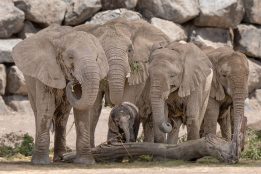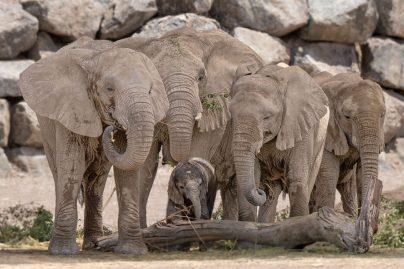India welcomes the cheetah after 70years of extinction. Will they survive this time?
Sat 17 Sep 2022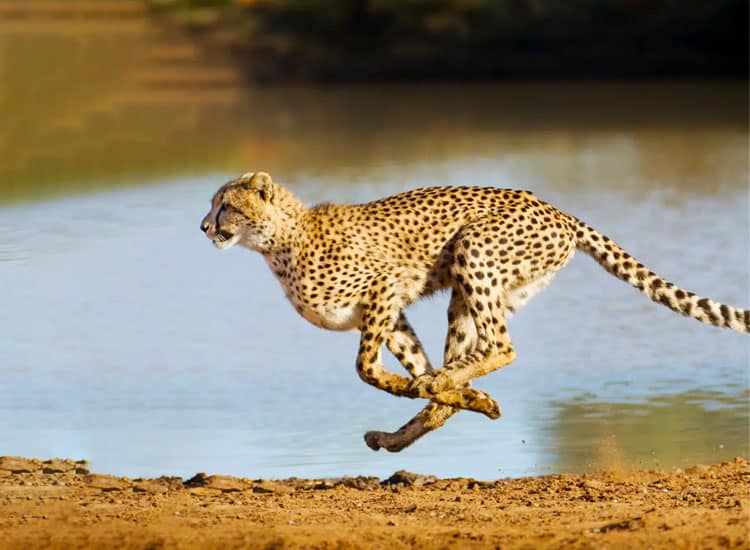
Amid much fanfare, the smallest of ‘big’ cats, the cheetah, has been introduced to Kuno National Park in Madhya Pradesh in India.
Cheetah run across continents
Historically, cheetahs were found across continents from Africa and Iran to India. So prolific were they in India that kings and royals would keep them to hunt antelopes like falcons used to hunt birds. Grasslands abounded with antelopes like chinkara, black bucks, and Indian chital deer, ensuring their survival. Sadly the big cat was considered a trophy and eventually hunted to extinction. The Asian cheetah was officially reported extinct in the year 1951.
Following the extinction of cheetahs in India, the Indian government started efforts to reintroduce them in 1955. Officials had initially requested Iran in the 1970’s and then again in 2009. Since Iran wanted the Asiatic lion in exchange, they dropped the plan. Since 1980’s, the government has also been in talks with Africa as an alternative source. Interestingly, Indian scientists tried to clone the Asian cheetah. They made efforts to extract DNA from the skin of an extinct cheetah.
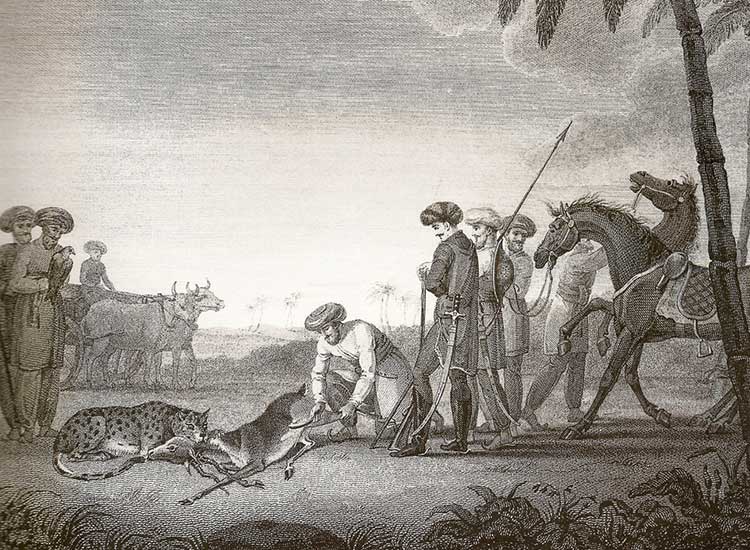
(Source: Wikipedia)
The Indian ‘BIG 6’
Introducing the African cheetah adds to the five big cats found in India – The Asiatic lion, Bengal tiger, Snow leopard, Indian leopard and the clouded leopard.
Two cheetah species survived in the wild around the world until today. The Asian cheetah in Iran and the African cheetah in Africa. Although both share similar traits, both have been tagged separately by conservationists. Many call it ‘returning cheetahs to India’, but technically these are a new African species being introduced in India.
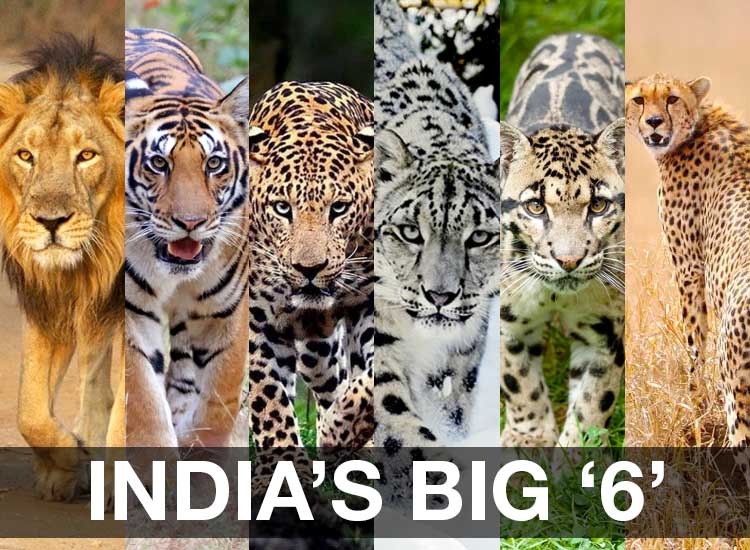
Conservation concerns
Although many are elated knowing India will now have six big cats, conservationists are concerned over the lack of security and conservation efforts to save existing wildlife. Frequent human-animal conflicts due to the encroachment by humans in national parks and sanctuaries are reported frequently in India. An Indian Supreme Court committee 2018 report: India does not have “required habitat and prey density” to support cheetah Reintroduction would bring cheetahs into human dominant landscape result in serious man-animal conflict with disastrous consequences
In 2018, wildlife activists petitioned the Supreme Court against the plan to reintroduce cheetahs into India. An expert panel examined the report. The report submitted concluded that “India simply does not have the required habitat and the prey density to support the cheetah.” It added that the three proposed habitats suggested by the government did not have the requisite area and prey population to support the big cats.
Nevertheless, the plan went ahead with an MoU being signed between Namibia and India on wildlife conservation and sustainable biodiversity utilization.
India is a proud parent to the spotted family of eight gorgeous beauties but tourists and visitors can view them only after their acclimatization is complete. The authorities have planned the month of December for a formal viewing.
With all excitement around the introduction, we wish they find Indian pastures greener to hunt and flourish.

 Apr 24 2024
Apr 24 2024




